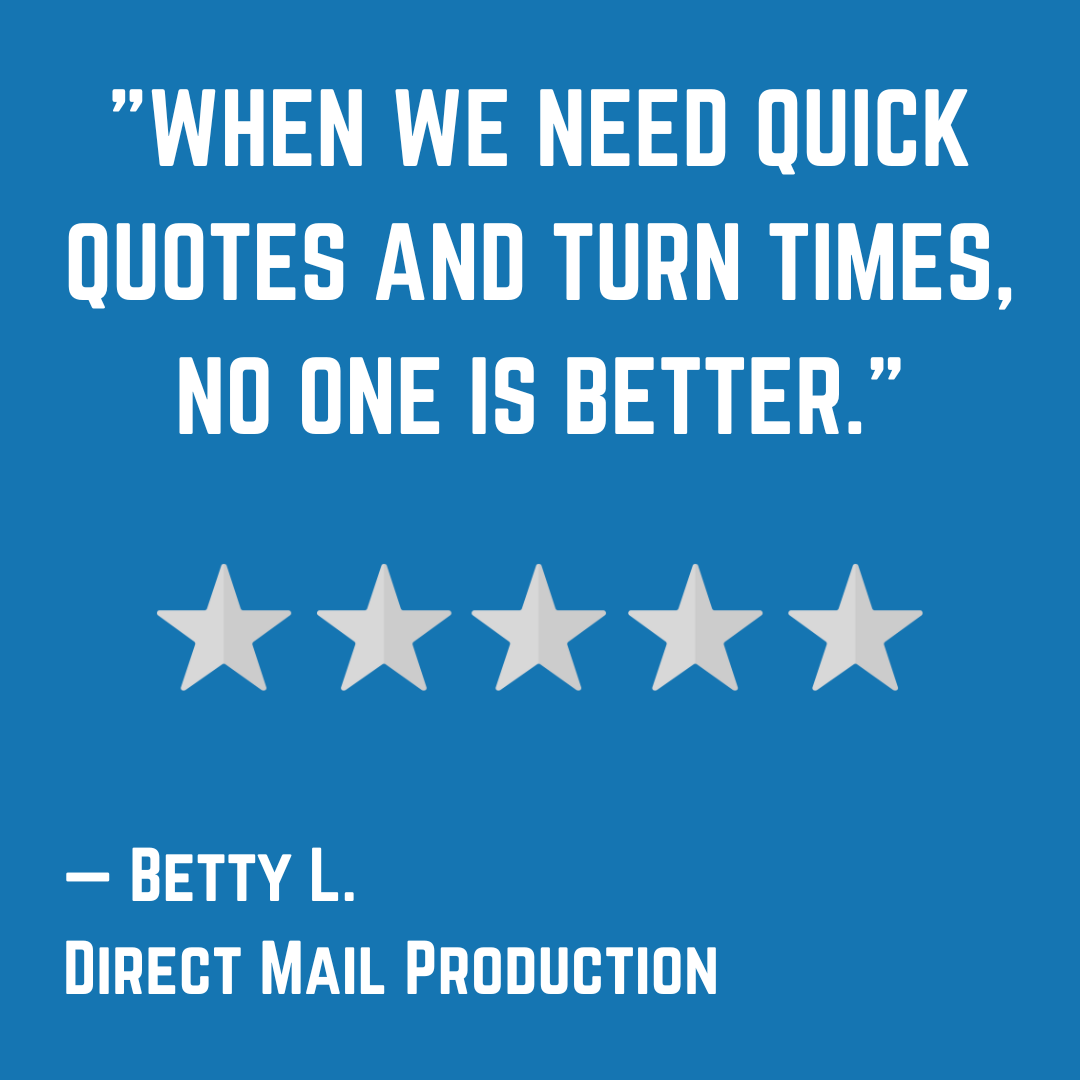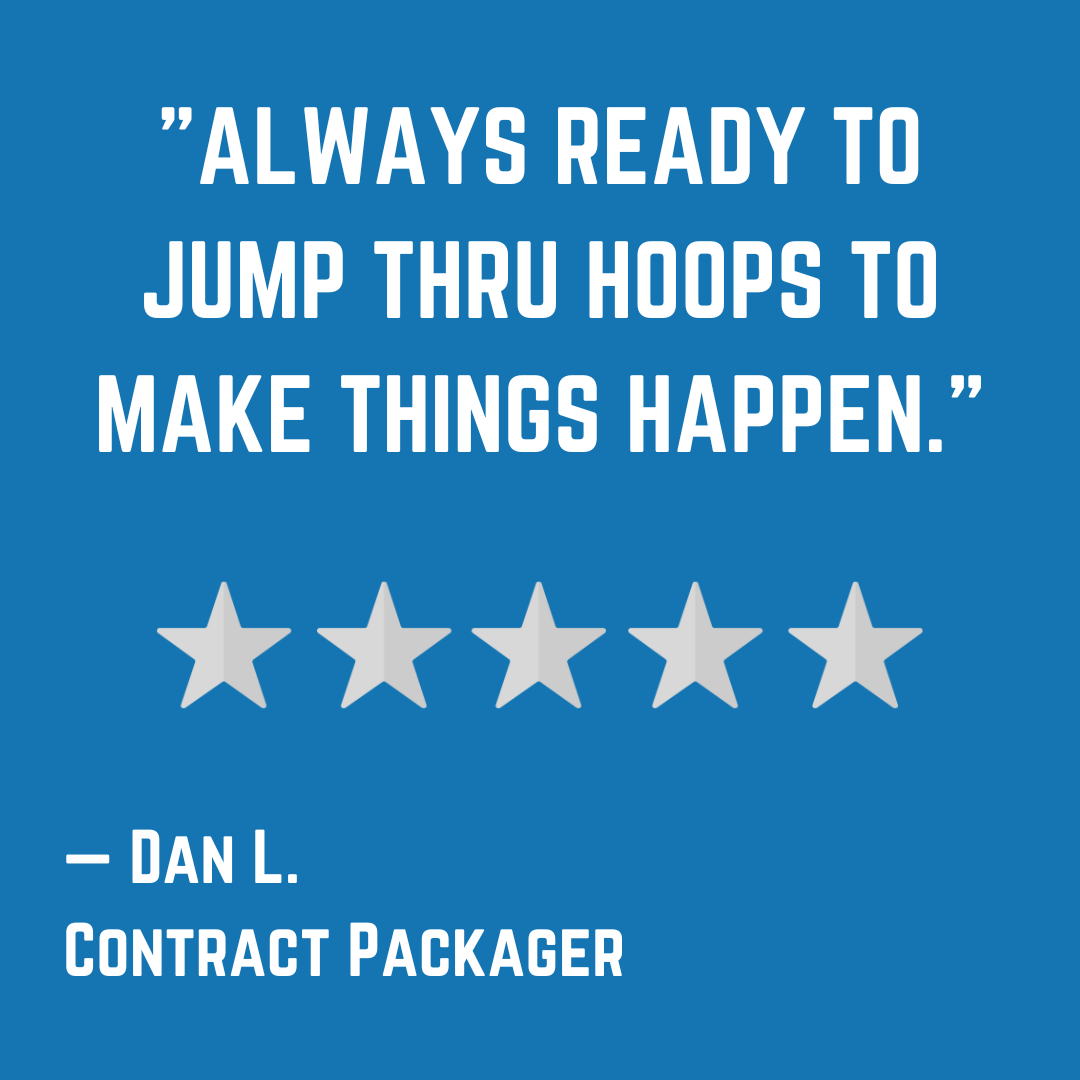
Custom Label Printing & Product Packaging
Unparalleled Label and Packaging Excellence. Elevating Standards with Cutting-Edge Label Printing Technology, State-of-the-Art Custom Product Packaging Solutions, Competitive Pricing, and Lightning-Fast Turnaround Times. All Backed by an Exceptional Customer Service Experience.
Our Products
-
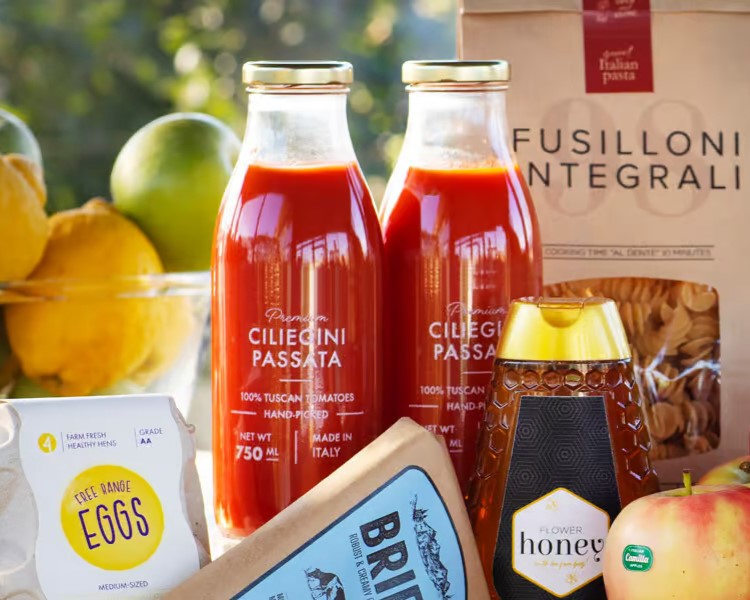
Pressure Sensitive Labels
Learn MorePressure-sensitive labels provide a cost-effective and highly customizable solution for your consumer product packaging. PS labels are an ideal option for creating dynamic and attention-grabbing designs that can effectively promote any of your products.
-
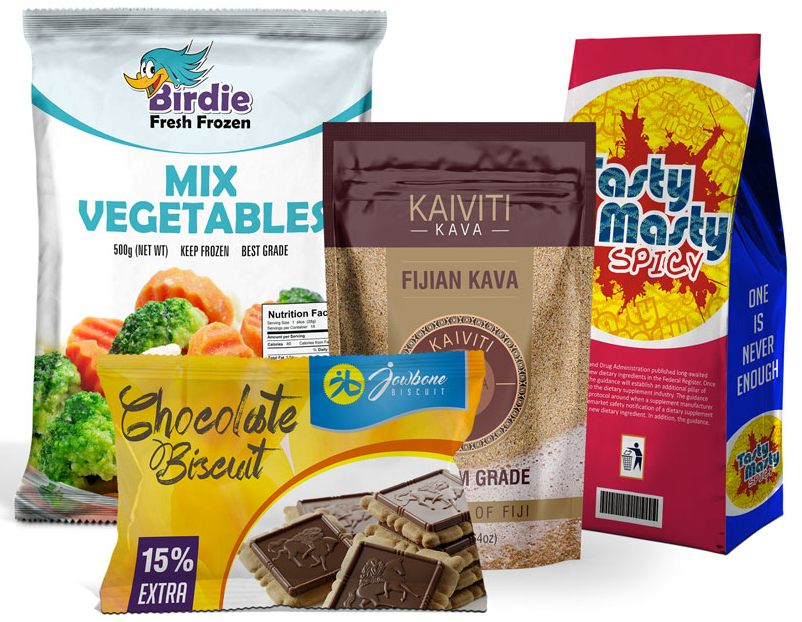
Flexible Packaging
Learn MoreEnhance your product packaging with custom-printed roll stocks. Our premium film and foil materials are ideal for a range of custom flexible packaging options including stand-up pouches, flat-bottom pouches, pillow pouches, flow wraps, sachets, and stick packs.
-
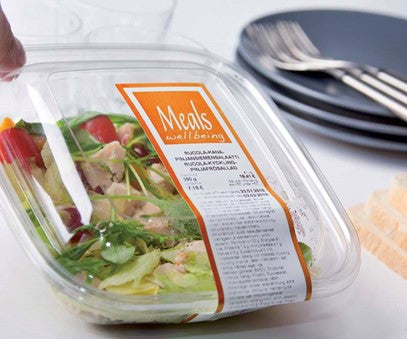
Thermal & Direct Transfer
Learn MoreExpert solutions for tracking, identification, and logistics. Find the perfect thermal transfer labels and direct transfer labels for all of your needs including custom price labels, retail backroom, custom shipping labels, logistics, and food industry labels.
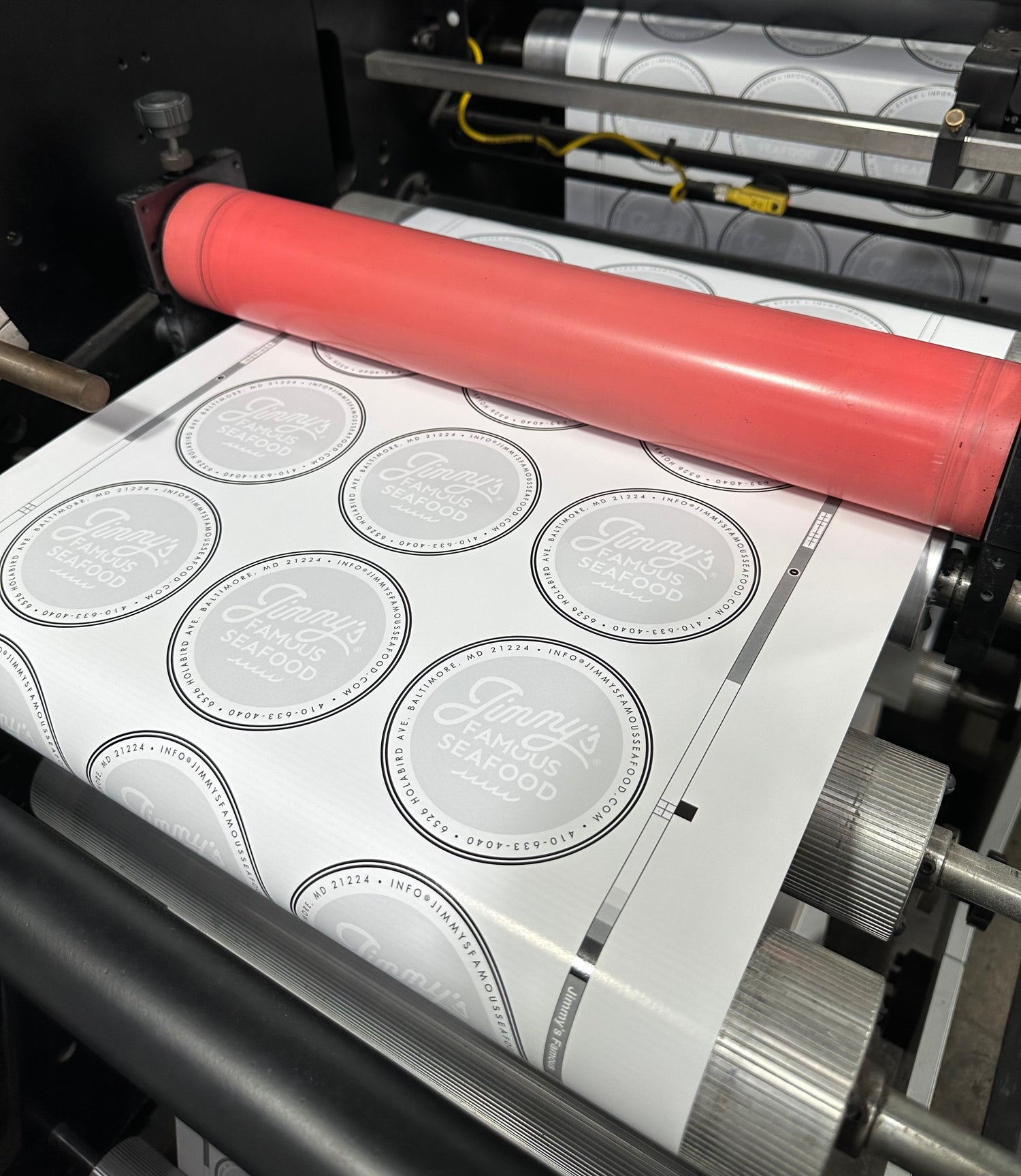
Custom Label Printing
At Hampshire Label, we can create a variety of custom die cut labels for any number of your products and projects. Whether you need metallic sticker printing to give your brand's products and packaging that extra "pop" they deserve or foil labels to protect your items from contamination, Hampshire Label is here to help. Our waterproof labels and custom clear labels will also help you save time and money vs. pre-printed jars and containers, which tend to be very expensive and require long lead times.
State-of-the-art Durst Tau™ UV digital label printing capabilities combined with our printing industry expertise allows us to design and print labels for your new products and packaging while delivering the best turn times in the business. And our custom barcode labels can be integrated with custom static window clings for identification and easy tracking of your vehicles and other valuable company assets.
We can also help quickly promote your products in retail stores using window signage stickers and custom business labels to enhance your brand's allure and appeal on store shelves. And as your demand grows, our continued investment in high-speed Mark Andy™ Performance Series flexographic presses – providing 360-degree registration adjustment and controlled ink densities while producing high-quality dots in a simple and repeatable fashion – ensures consistent print quality for your products from job to job and year over year.
Running at up to 1000 feet per minute gives our customers the efficiencies they need to print their custom thermal labels and brand logo stickers for packaging in the most efficient way possible, while our AVT™ Helios automated inline inspection system maintains our quality assurance throughout the entire production cycle.
Contact Us today about your custom label printing projects and experience the Hampshire Label difference.
Label & Packaging News
View all-
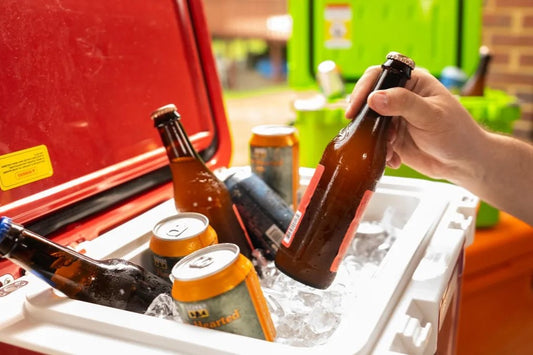
Waterproof Labels: Keeping Your Brand Afloat in Any Environment
In the realm of custom product packaging, ensuring durability and protection against moisture are essential factors to consider. Custom waterproof labels are a critical solution for businesses aiming to protect...
Waterproof Labels: Keeping Your Brand Afloat in Any Environment
In the realm of custom product packaging, ensuring durability and protection against moisture are essential factors to consider. Custom waterproof labels are a critical solution for businesses aiming to protect...
-
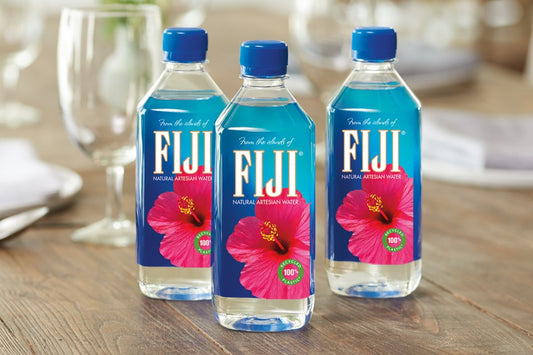
Custom Clear Labels: Elevating Your Brand Packaging with Transparency
In the dynamic world of product packaging, first impressions matter. Hampshire Label, known for our expertise in custom label printing, recognizes the practical solution that clear labels offer for businesses wanting...
Custom Clear Labels: Elevating Your Brand Packaging with Transparency
In the dynamic world of product packaging, first impressions matter. Hampshire Label, known for our expertise in custom label printing, recognizes the practical solution that clear labels offer for businesses wanting...
-
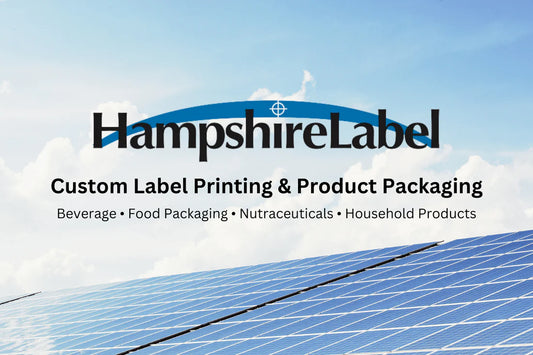
Understanding The Difference Between Permanent Labels And Weather Proof Labels
There is a common misconception that permanent labels are also weatherproof labels. This misconception often leads some business owners to make the wrong choices when choosing label materials for their products....
Understanding The Difference Between Permanent Labels And Weather Proof Labels
There is a common misconception that permanent labels are also weatherproof labels. This misconception often leads some business owners to make the wrong choices when choosing label materials for their products....




